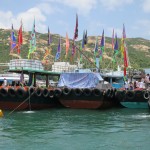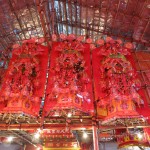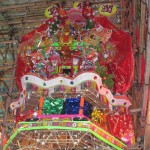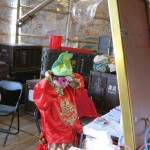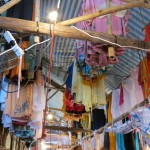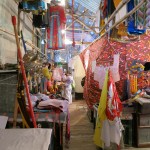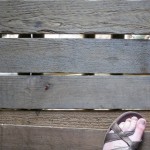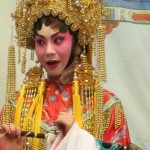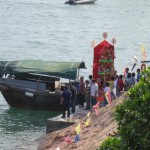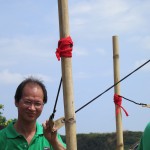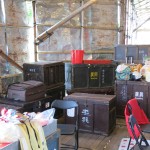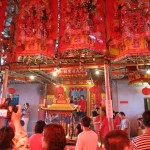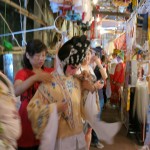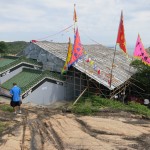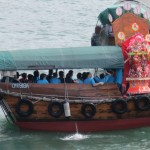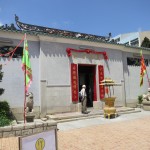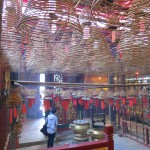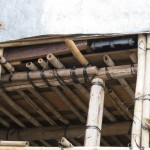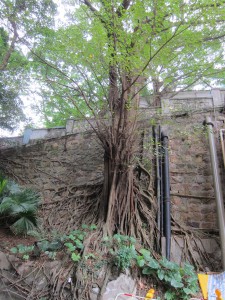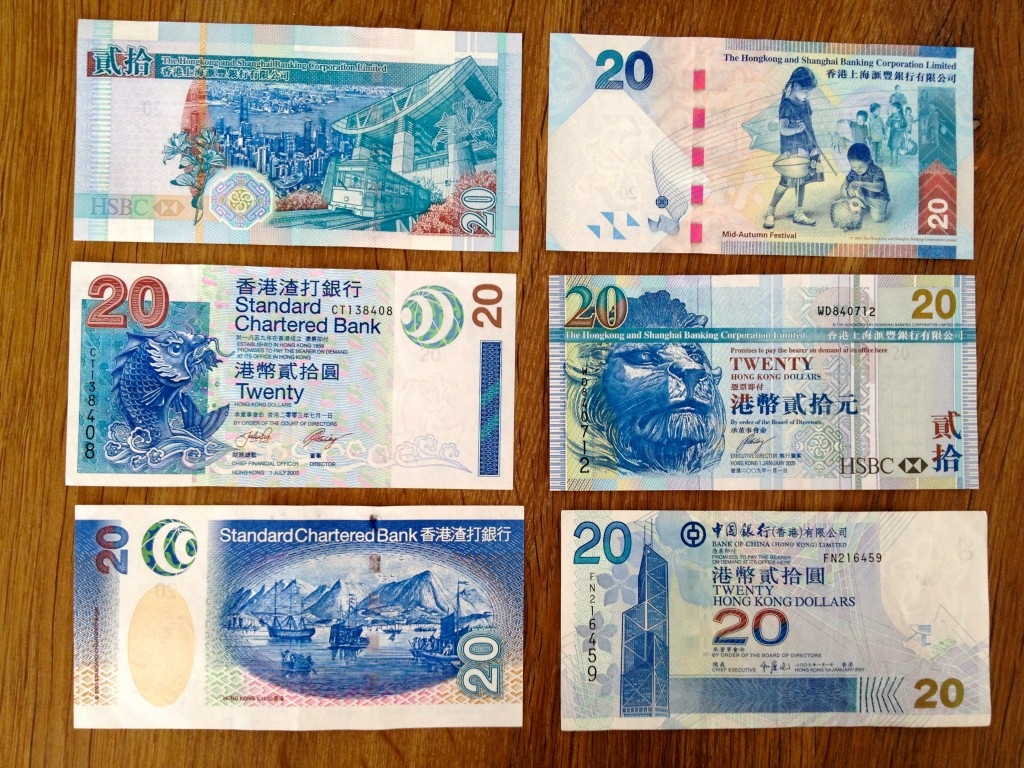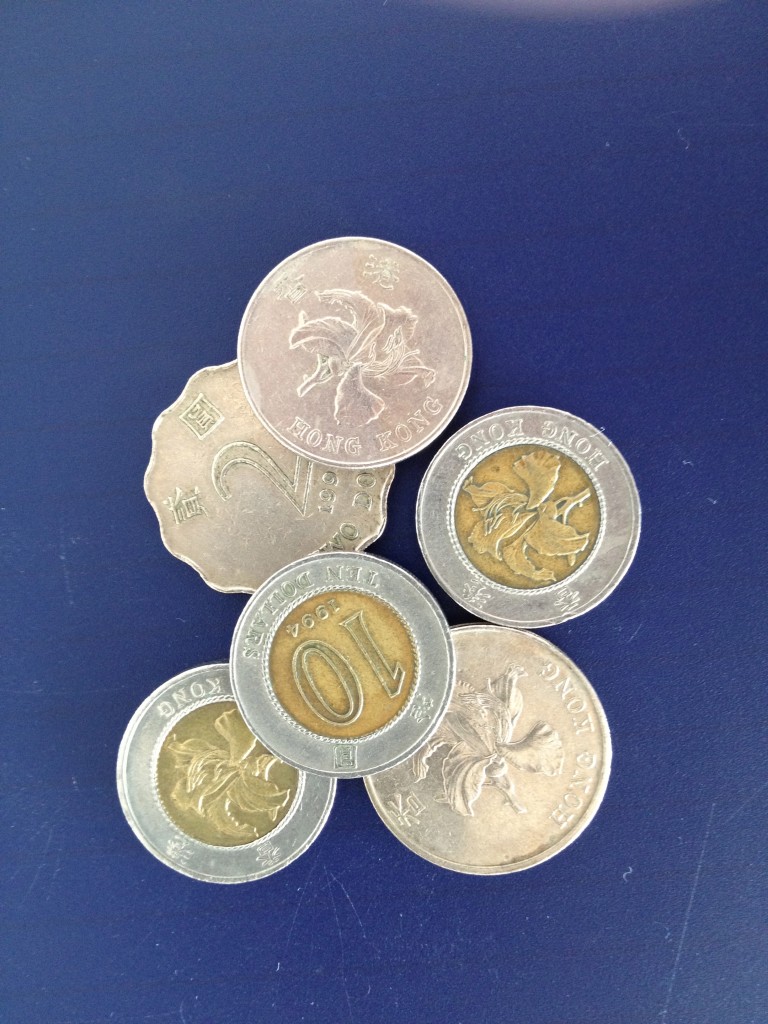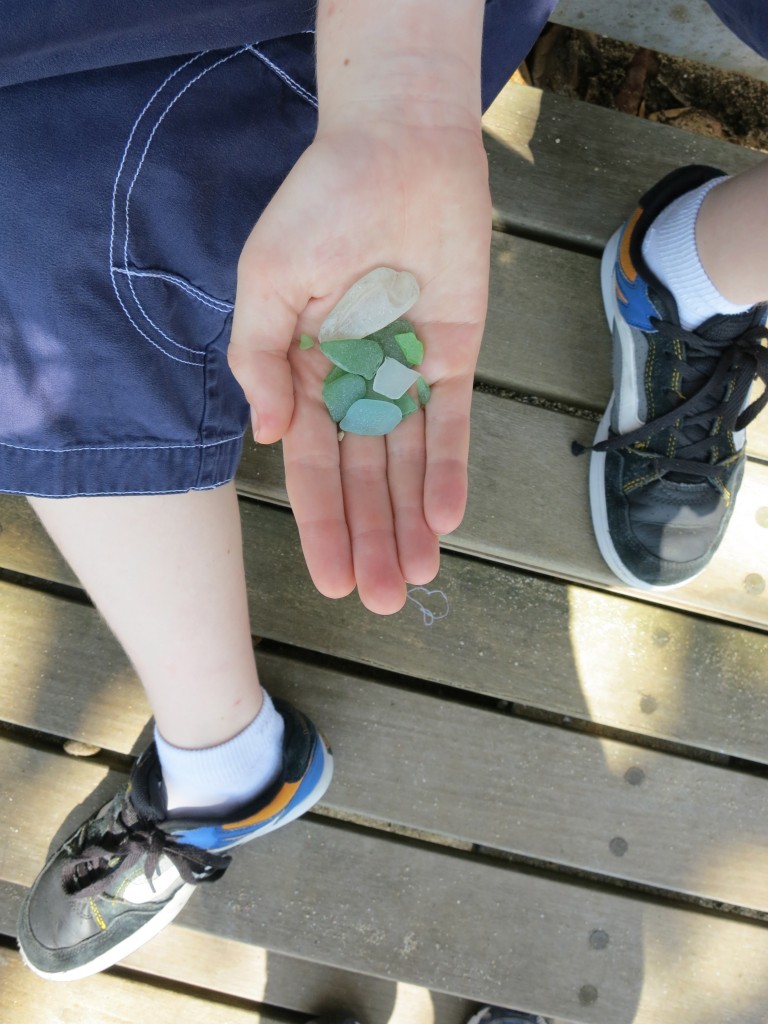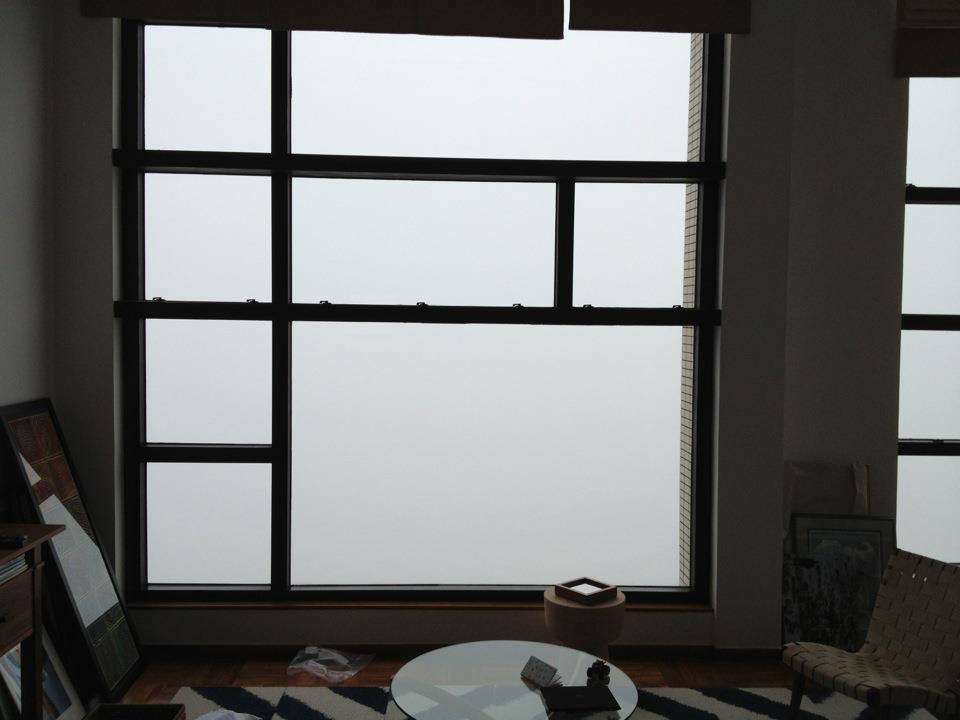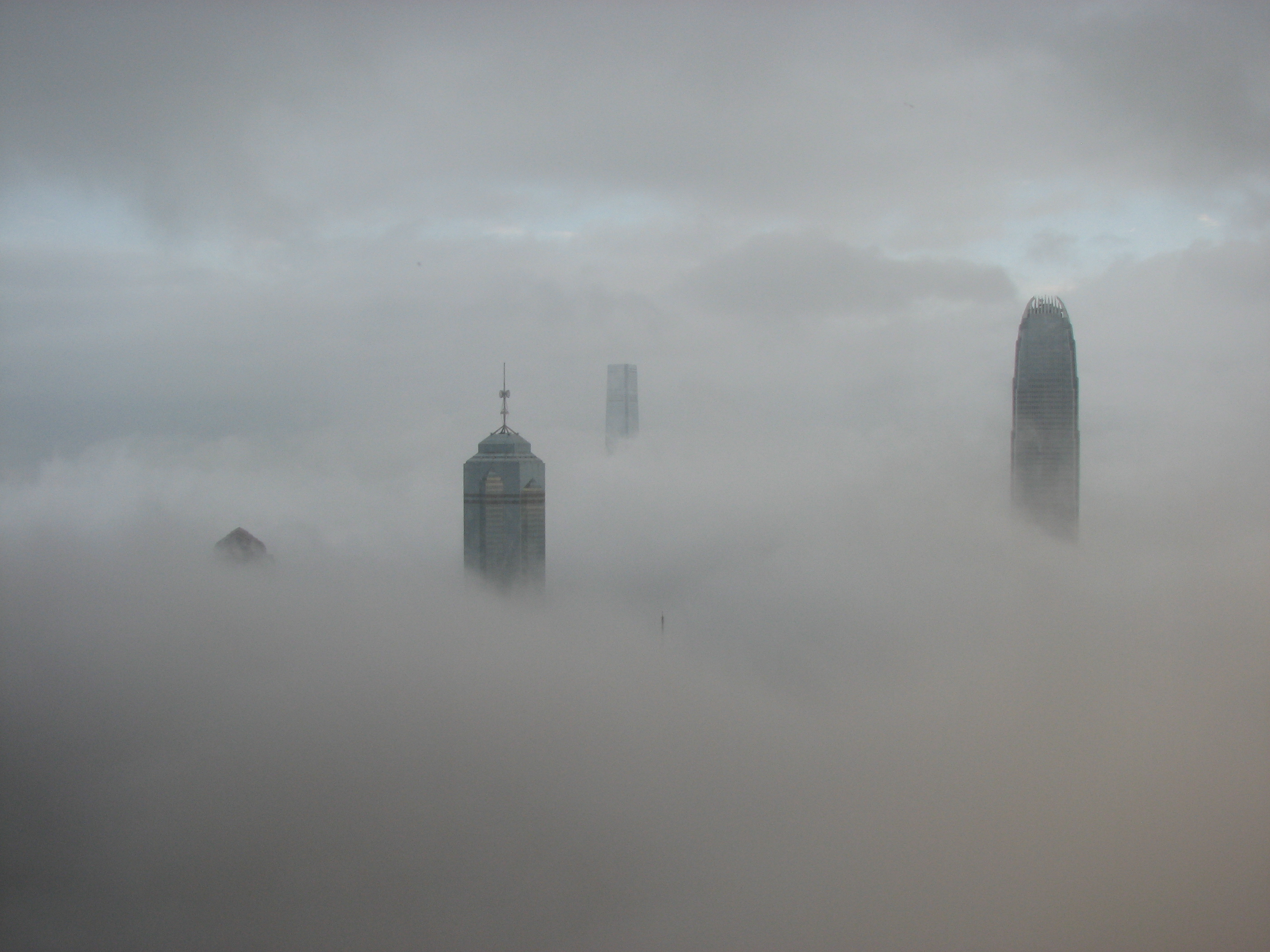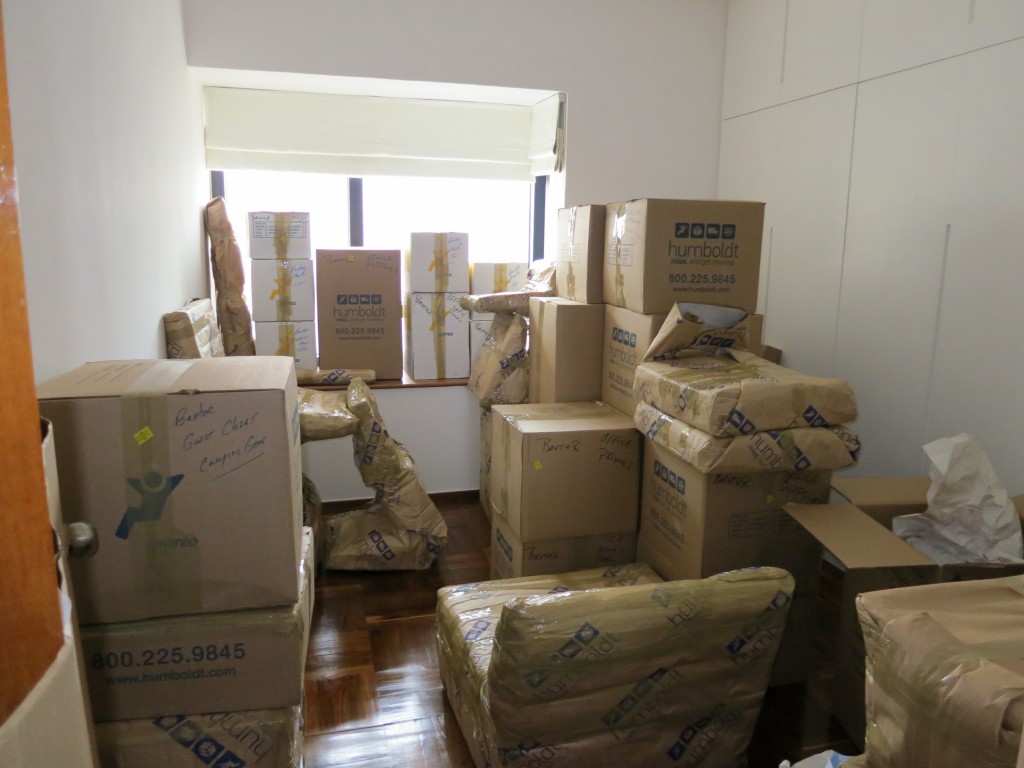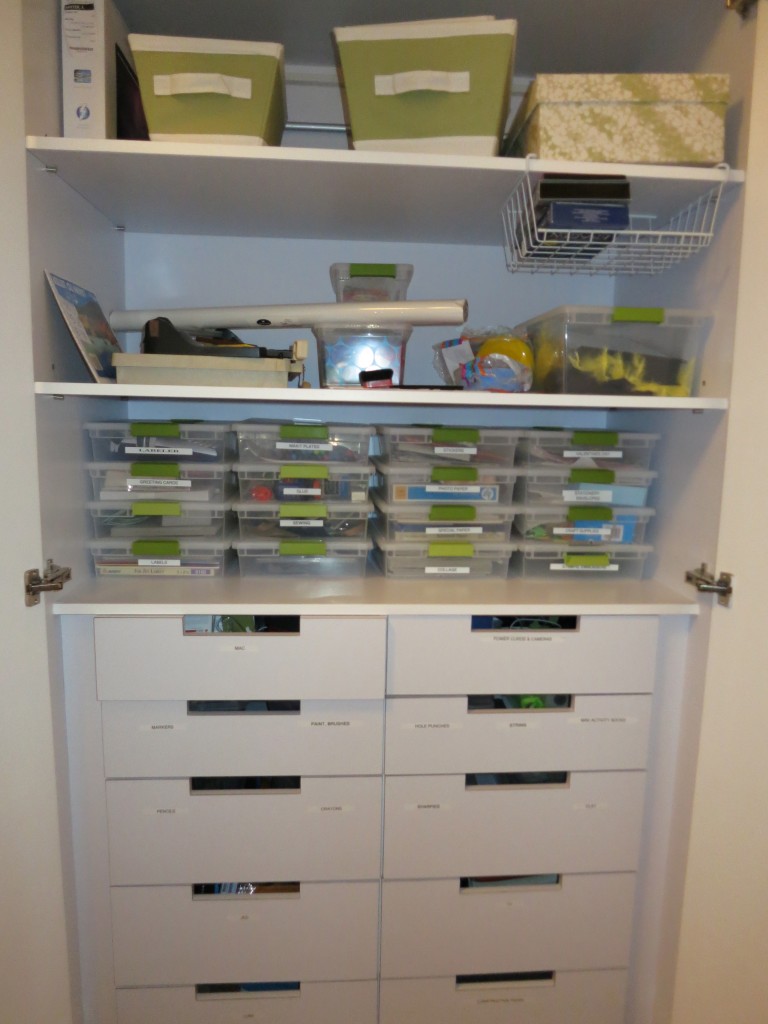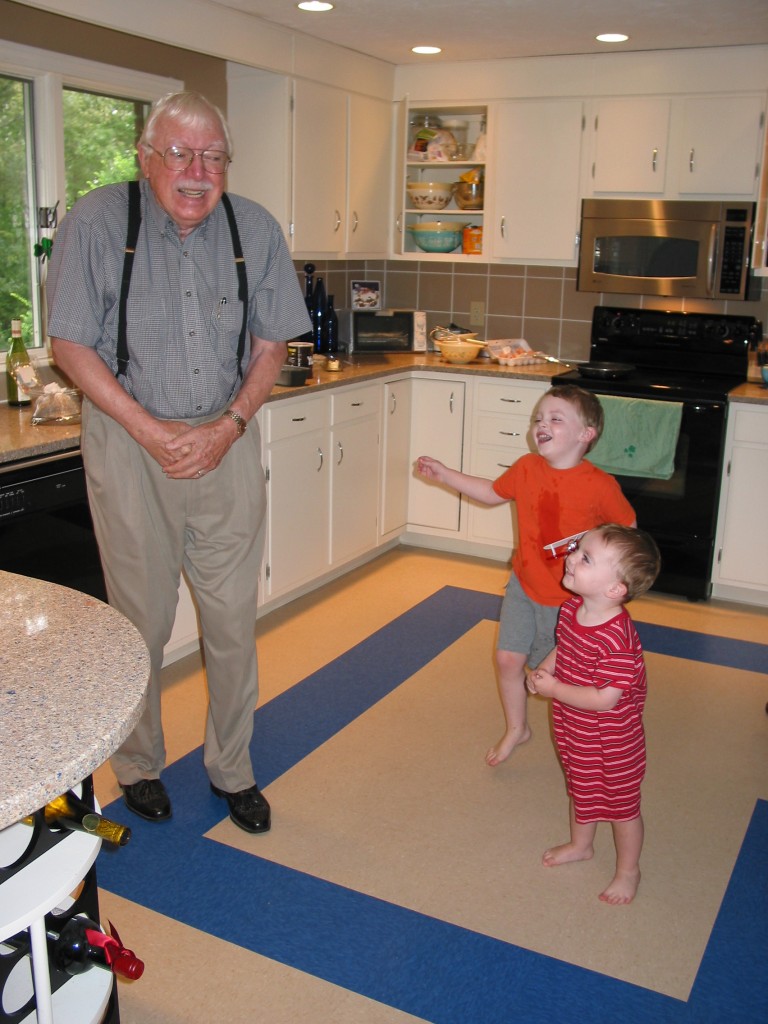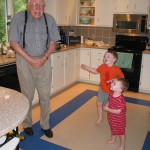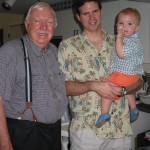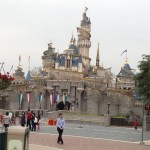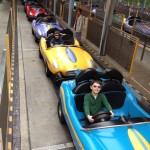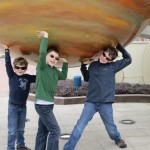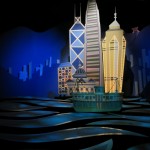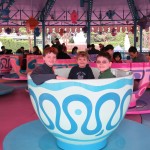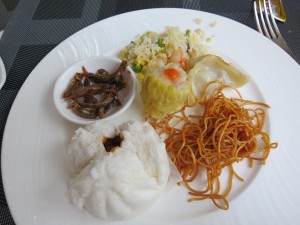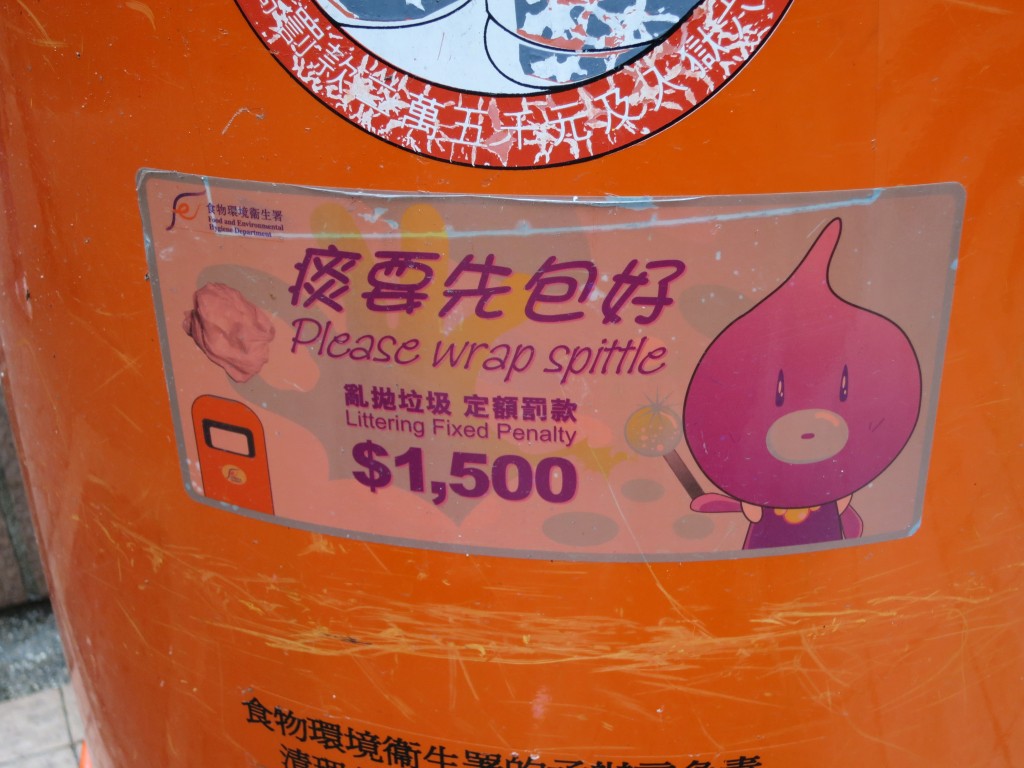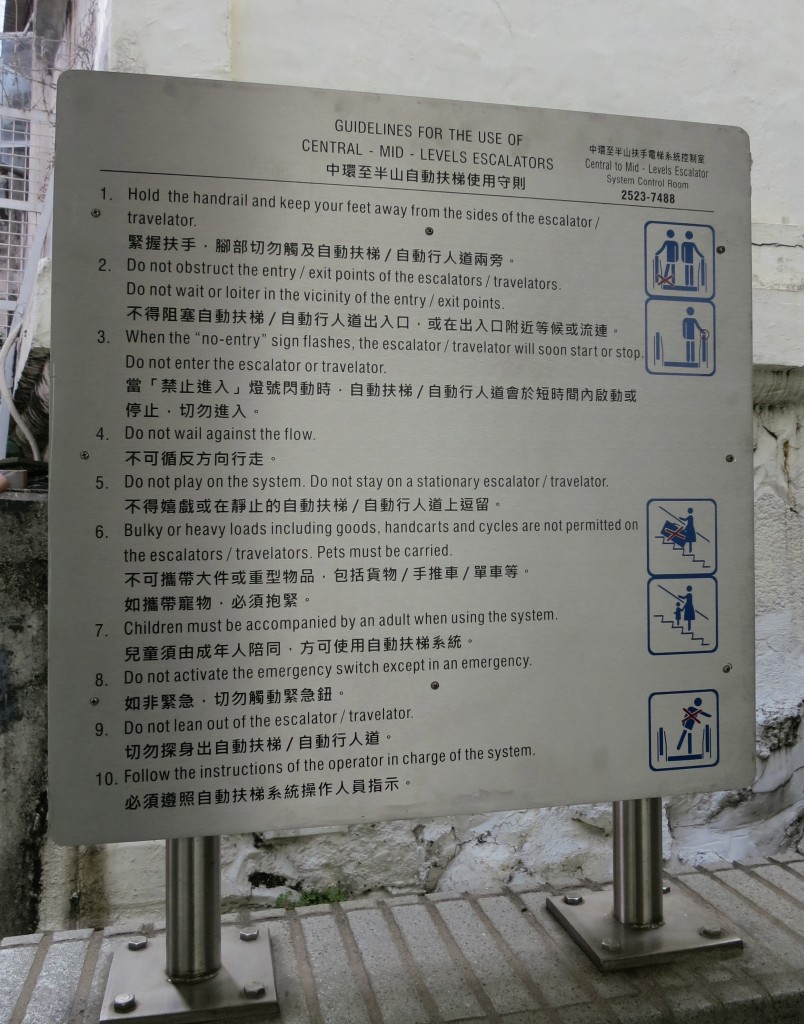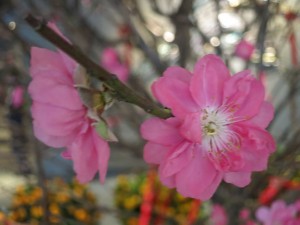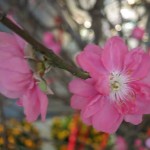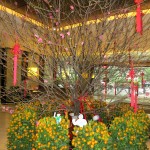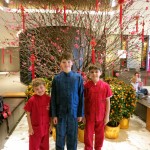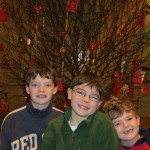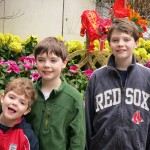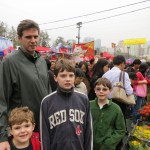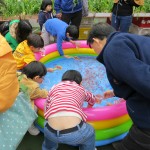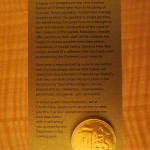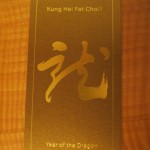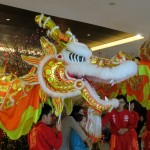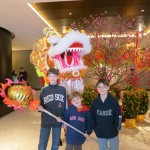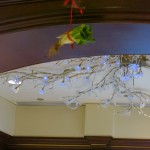Our summer trip to the US has come to a close, and we are heading back to Hong Kong after spending time in Massachusetts, California and Wisconsin. We managed to fit in time with every set of cousins and both sets of grandparents. It was also fun to see friends, but our stay was busy and way too short and we missed many we wanted to share time with. Next year, I’ll get my act together and host an open house so we can touch base with more friends.
This was our first visit back to our old hometown, and our first chance to catch up with friends. Questions about day-to-day life were common, as were queries about what we missed from the US, what the food was like in Hong Kong, and whether we were learning to speak Chinese.
Our life in Hong Kong revolves around the same things it did in Scituate: school, work, the kids’ activities. The boys still play outside after school, but instead of ranging around our yard, they head down to the pool. Our apartment complex does have a patch of grass about the size of a squash court down near the pool, but it’s not to be used for sport. If the kids do play ball on the grass, they get told off by the building staff. I still haven’t figured out what the little field is for other than to look at. We do live near the Zoological Gardens, but the outdoor green space is for promenading or strolling, not running, and certainly not ball-playing or biking. We do have the Peak nearby, which means there is a lovely hike just up the road, but the boys don’t care for hiking much (actually, they hate it. The last time we walked Old Peak Road, Jed and Ty agreed it was the worst day of their life). Because most of the boys’ outdoor time is in the pool, it is supervised; they don’t have the same freedom they have at home. I am loathe to turn my kids loose on the apartment grounds, lest they end up associated with the feral pack of expat 6 & 7 year-olds that hang around the gym and pool area, or the posturing teens who congregate on the 26th floor skybridge to throw apples (free in the gym downstairs) and do god knows what else.
We all agreed that what we missed most about living in the US was the sense of space. In Hong Kong, we feel more squeezed. When the boys were small, we lived in London for 18 months. When we returned home, I found the kids would cluster instead of spreading out. The same thing happened this summer. It took a little while for everyone to stretch back into the larger space, but it was wonderful to return to a house with a yard, a lovely screened porch, and plenty of rambling room inside and out. Our time in Scituate meant time the kids could play outdoors on their own, without concern of apple-swiping teens or underage hooligans, and without a supervisor (parental or otherwise) 5 yards away at all times. Of course this meant they probably were the “underage hooligans” in our neighborhood, but at least they weren’t bothering anyone.
When it came to food, the boys also missed Cosmo’s Pizza, Golden Grahams, Bell & Evans Chicken Tenders and milk that doesn’t taste funny. Everyone was delighted to take advantage of meals at the Satuit Tavern, Cosmos and Sam’s on the Harbor in Scituate, and the Blue Coyote and Dairy Queen in Truckee. All in all, the food in HK is not nearly the concern I thought it would be. Yes, the pizza is kind of lousy, and hot dog buns are hard to find, but after a summer in the US, we all realized that the return to Hong Kong will be relatively easy. There are enough imported US products to keep us happy (oreos anyone?) and there are plenty of restaurants serving western food. I did enjoy American Diet Coke during our summer stay, but my addiction has waned since I don’t drink much Coke Light in HK. I vastly prefer fresh lime soda – available nearly everywhere in Hong Kong – not least because it always comes with a little pitcher of simple syrup.
As far as learning to speak Chinese: Hong Kongers speak Cantonese. The language the Chinese government wants its citizens to learn is Mandarin. All the international schools, including Hong Kong Academy, teach Mandarin. Unfortunately, this means there is very little opportunity to practice Mandarin during our everyday life in Hong Kong. The boys take classes; I am not taking Mandarin, but have picked up a little Cantonese. And by little, I mean “waaah” (which is an exclamation something along the lines of “holy shit” or “no way!”) and the greeting “lei ho”. I think I can also say thank you: “mmGoy”. One of these day I need to learn to say my address, too. But many Hong Kongers speak perfect English, and many, many, more speak enough to make getting by as a monolinguist relatively easy.
While we are all sad the summer is coming to a close – school starts Aug 15 – the boys are excited about the new year, and are looking forward to seeing their HK friends. Our summer vacation in the US was wonderful, but we are all looking ahead to Hong Kong!


